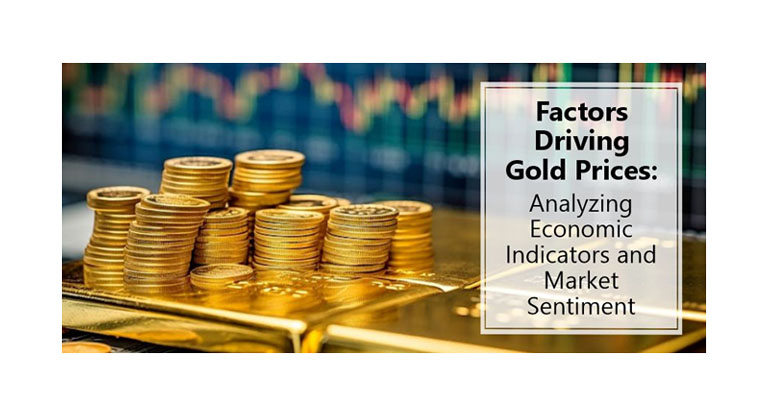
You might already be aware that buying gold is very different than buying stock in a publicly listed company. Gold, after all, has no management, pays no dividends, and will never be acquired by a corporation. The other side is that it’s quite valuable.
Investors frequently seek for gold as a means to either expand or stabilize their portfolios because of the commodity’s value and the fact that its value fluctuates over time. Let’s have a look at what drives the price of gold trading CFDs.
What drives the price of gold?
Before you make any investment, it’s a good idea to be aware of what causes changes in gold’s value.
Supply and demand
Gold has various uses and is a highly sought-after metal. It has several practical applications beyond its status as a valuable metal.
Gold can be traded as investment and investors have a lot of options when it comes to owning gold. Some prefer physical forms like bullion, coins, or jewellery, while others prefer “paper” forms like Gold Exchange Traded Funds (ETFs), unit trusts that focus on gold, trading in gold currency, or even investing in gold mines.
Inflation
Inflation expectations are the primary factor influencing the price of gold. The value of the US dollar declines when inflation is strong. Your ability to buy goods and services with one dollar is greatly affected by seemingly little changes over time. Inflation and gold go hand in hand, as prices go up, so does the value of gold. Therefore, during times of inflation, investors frequently seek out gold trading CFDs as a means to safeguard their portfolio values.
Long-term interest rates
Anticipated long-term real interest rates also influencing the price of gold. There is no dividend, coupon rate, or other cash return offered by gold. The only factor influencing the commodity’s return is its appreciation in value. Treasury bonds and other long-term interest-based investments have a value based on their percentage-based returns.
These two assets are regarded as investments in safe havens. As a result, treasuries become more appealing when long-term interest rates are high, which may cause a drop in the demand for and consequent price of gold.
Market and economic conditions
Uncertainty in the economic market also drives the movement in the price of gold.Gold prices seem to protect against bad economic times and investors flock toward gold when the economy is in bad shape.
Gold is a very secure investment in the long run. Consequently, investors seek refuge in gold during times of uncertain market and economic circumstances, driving up its price. Bonds and treasuries, in contrast, often lose steam as long-term interest rates decline, which increases the demand for gold.
Overall, there are several factors that play a role in the price of gold, but it all boils down to one aspect, supply and demand. You may anticipate a rise in the price of gold whenever factors in the economy or the market cause demand for the commodity to rise. But when demand for gold falls, the price of the metal usually goes down as well.












